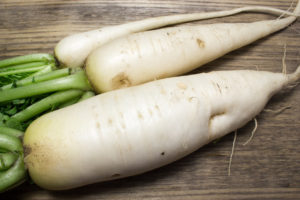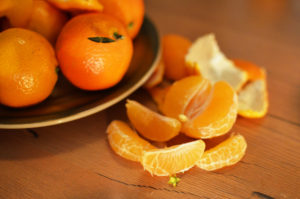Fall Food Recipe Corner
Spoiler alert – these are unstructured recipes
OK. So what does that mean.
For some people cooking is all about the letter of the recipe. It needs to be laid out precisely. I will admit it makes it easier to read but these are simple recipes. One is a soup. You can add as much as you want to spice it up. Empty the refrigerator. Make notes so you can come close to replicating it again. Clarify how much is enough or too much of an additive.
What I want you to do is “let go”. Just make a soup. Taste it as you go and be creative.
This soup involves some vegetables you may not usually eat. Maybe you’ve never eaten them or only heard yucky stories about them – turnips and kohlrabi.
You can’t be serious Carol. “Why not” I ask?
In the fall, which is Lung season, it is good to focus on white food. I know a lot of you think white food is awful—too many of the wrong carbs. I tend to follow the “all things in moderation” philosophy. Some them are just good to eat. This is the time to nourish the Lung energy, Metal element, so you can have the reserves you need for winter. Besides what can we usually plan on sharing this season – colds and flus. Let’s not do that this year.
Try this as a base and experiment.
Ingredients:
Med turnip peeled and diced into 1/2” pieces.
Med kohlrabi diced the same.
Daikon radish scrubbed and diced the same. You can get a bigger one and keep it in the frig. It can be sliced thin and used raw in salads (see recipe below).
Get some chicken broth 2-4 cups and cook the turmip until it is soft—about 30 min. Let this broth cool.
Put this in a blender to cream. You can then add diced kohlrabi and sweet potato, pumpkin, or any other winter squash to the pot. These will add texture and sweetness and balance each other. For extra flavor there is always ginger, onions or mushrooms, celery… Try it and makes notes like I said. It’ll be OK.

Daikon radish on the wood background
Veggie of the season: Daikon, which is the big Japonese radish, is good for Lung energy in this season as are the white veggies.
It helps clear phlegmy coughs and is good if trying to stop smoking.
Qi moving Salad
I first ran into a variation of this salad after coming back from Japan and wanting to try my hand at Japanese cooking. Being that you don’t have to cook I thought is was an easy place to start.
Get a small to medium daikon and scrub it well. Use a coarse grater and grate away until you have a cup or two.
Get some carrots and do the same. You want about equal amounts of each.
You can julienne both the daikon and carrot if you prefer.
If you don’t have rice vinegar, get some. It has a great mild vinegar flavor that can moderate other stronger ones. If you want a more tangy base for dressings, but not too tangy, this is a good one to add.
You’ll need about a 1/4 cup of rice vinegar, maybe less if you have less daikon and carrot. Mix in a tablespoon of sugar or honey. Heat this up to help it mix.
When it is a still a bit warm pour it over the veggies and let them marinate.
A teaspoons of sesame oil adds a nice flavor. You can also sprinkle some dried fish flakes for a very Asian taste.

Did you know that there are different types of cough? Some are more wet, phlegmy and others, dry and hacking.
For a stronger formula to clear phlegm you can add some tangerine peel to the mix.
You need to plan ahead on this as it will take a few weeks for the peel to dry. Just peel the fruit and save the peel. Julienne cut this up. You can also grate it off and add to mix.
If you have a dry cough, a great way to moisturize the Lungs is to eat pears with the peel – western or Asian. These will also be great to continue eating in to the winter to nourish the Yin and Kidney energy.
Have fun playing with your food this fall!

